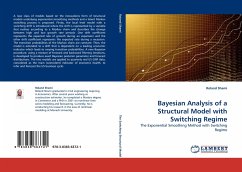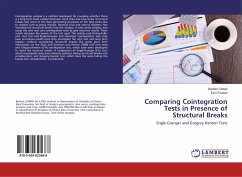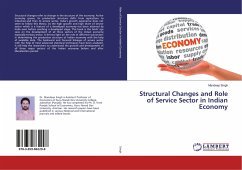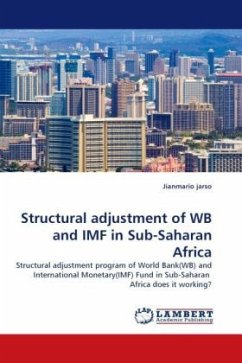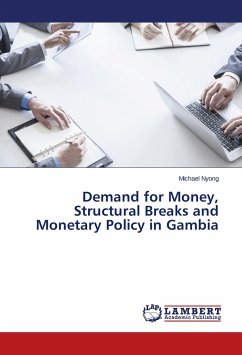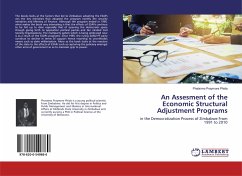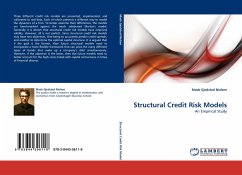
Structural Credit Risk Models
An Empirical Study
Versandkostenfrei!
Versandfertig in 6-10 Tagen
32,99 €
inkl. MwSt.

PAYBACK Punkte
16 °P sammeln!
Three different credit risk models are presented, implemented, and calibrated to real data. Each of which presents a different way to model the dynamics of a firm. To better examine their differences, the models are benchmarked against the much celebrated Merton's model. Generally it is shown that structural credit risk models have empirical validity. However, all is not perfect. Since structural credit risk models may have two objectives. One being to accurately predict credit spreads, and another to determine the optimal capital structure. It is argued that if the goal is the former, then fu...
Three different credit risk models are presented, implemented, and calibrated to real data. Each of which presents a different way to model the dynamics of a firm. To better examine their differences, the models are benchmarked against the much celebrated Merton's model. Generally it is shown that structural credit risk models have empirical validity. However, all is not perfect. Since structural credit risk models may have two objectives. One being to accurately predict credit spreads, and another to determine the optimal capital structure. It is argued that if the goal is the former, then future structural models need to incorporate a more exible framework that can price the many di erent types of bonds that make up a company's debt simultaneously. However, if the objective is the latter, then the future models need to better account for the high costs linked with capital restructures in times of financial distress.



